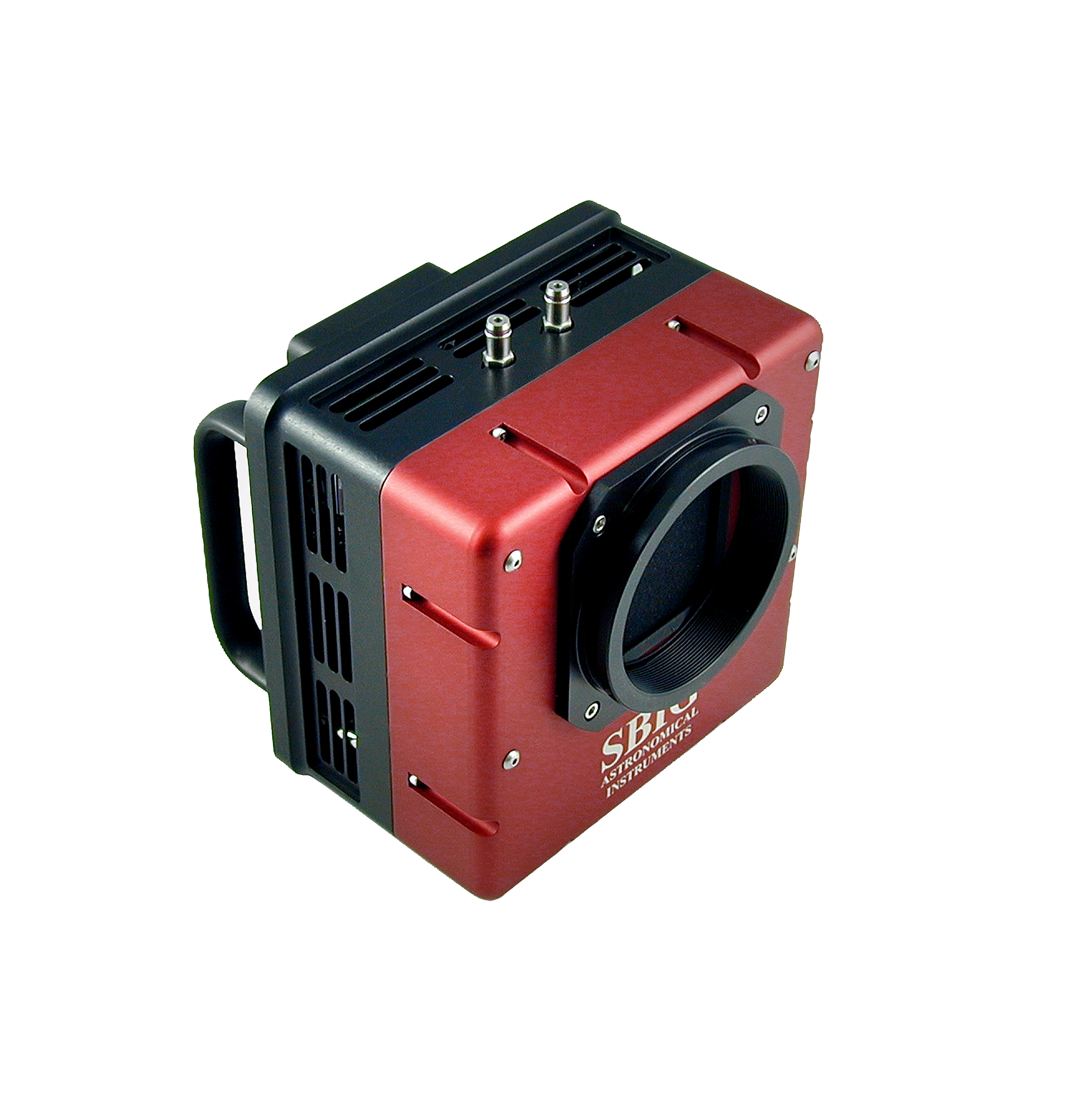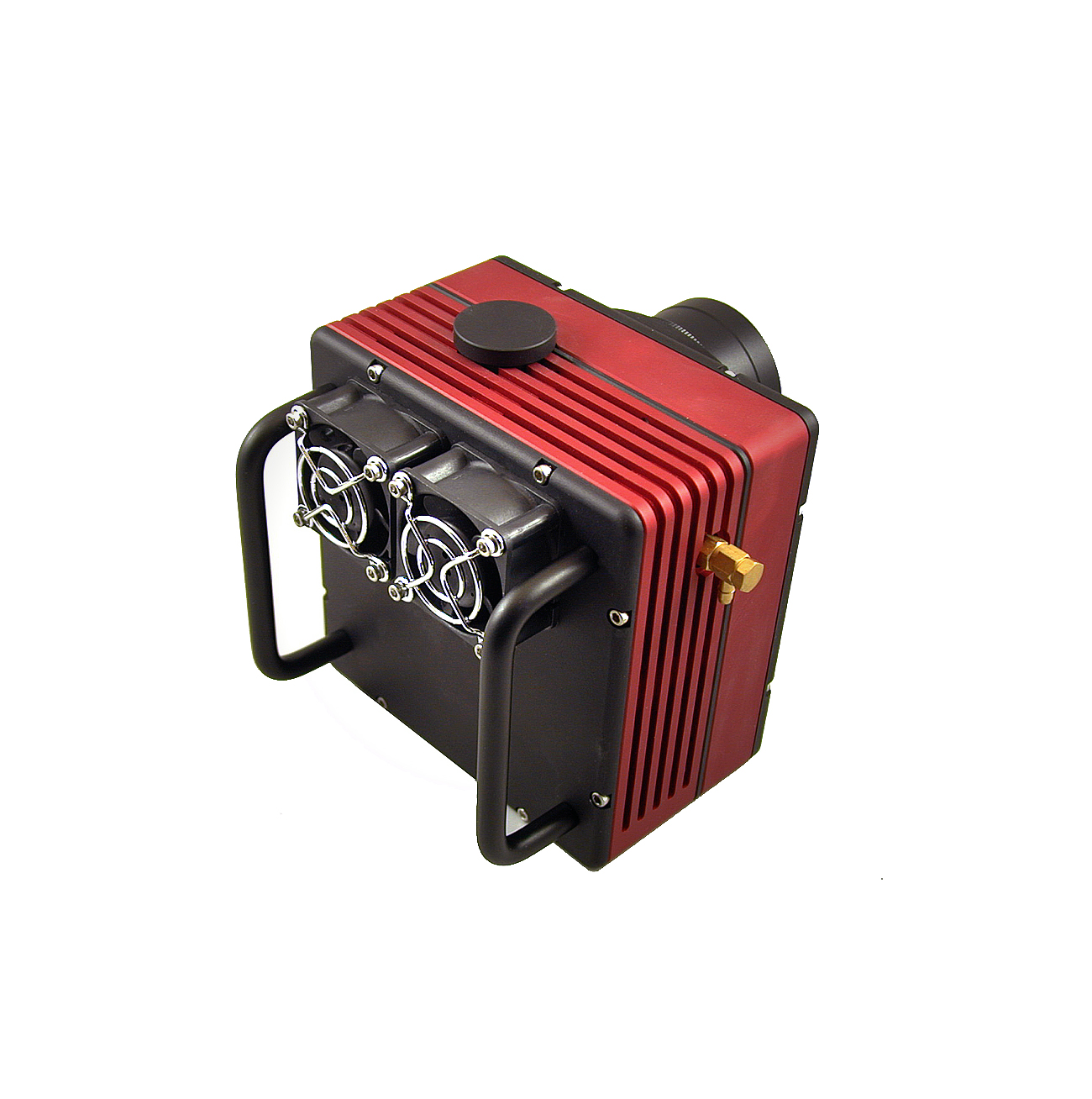

A key feature of the technique is that the waves encounter the object multiple times before arriving at the detector, which is inside the cavity. This involves placing both the object and the illumination source inside a cavity where waves can scatter off the walls (see figure). Multiple measurements are made, and the results are used to create a mathematical reconstruction of the object.īuilding on this approach, the trio have found a way to make the technique more sensitive to sub-wavelength details. The scattering structure is altered using coded masks that block certain patterns of waves from reaching the detector. Here, a scattering structure such as an irregularly shaped cavity is placed between the illuminated object and a single-pixel detector. The trio took an alternative approach based on the coded aperture concept, which is used in specialized imaging applications. There are ways of overcoming the diffraction limit – such as placing a detector less than half a wavelength away from an object and detecting short-lived evanescent waves – but these techniques are often difficult or impractical to implement. This is a problem for some popular imaging and location techniques that use ultrasound, microwaves and radio waves – where wavelengths range from hundreds of microns to metres. The limit makes it impossible to use conventional methods to distinguish features that are slightly smaller than 1/2 the wavelength of the waves being used.

The diffraction limit places a stringent lower bound on the resolution of imaging and location techniques that use light, sound or other waves.

Opinion and reviews Find out whether you agree with our expert commentators.Careers Consider your career options with valuable advice and insightful case studies.

People Meet the people behind the science.Events Plan the meetings and conferences you want to attend with our comprehensive events calendar.Blog Enjoy a more personal take on the key events in and around science.Analysis Discover the stories behind the headlines.Features Take a deeper look at the emerging trends and key issues within the global scientific community.News Stay informed about the latest developments that affect scientists in all parts of the world.Research updates Keep track of the most exciting research breakthroughs and technology innovations.Latest Explore all the latest news and information on Physics World.


 0 kommentar(er)
0 kommentar(er)
